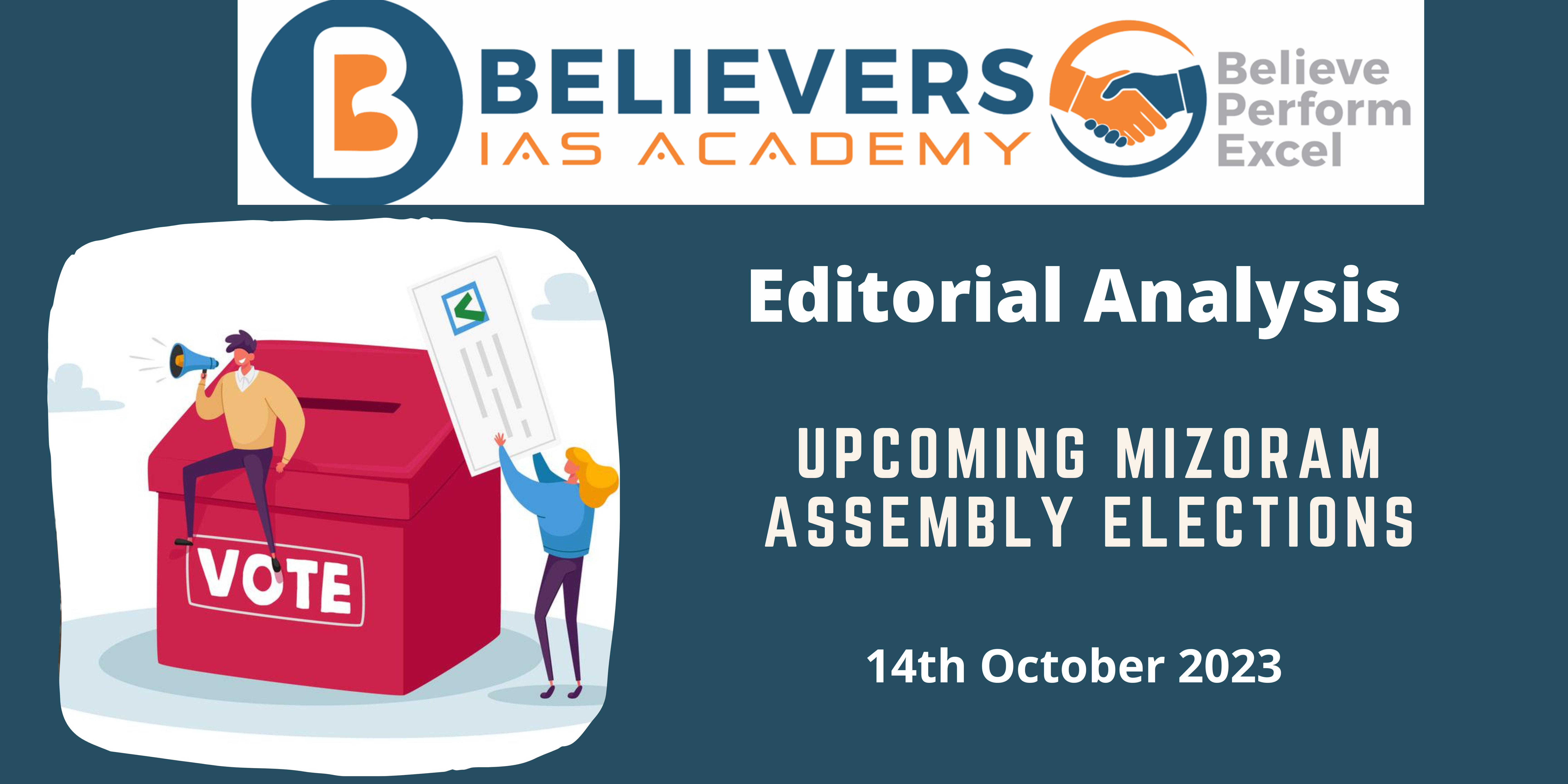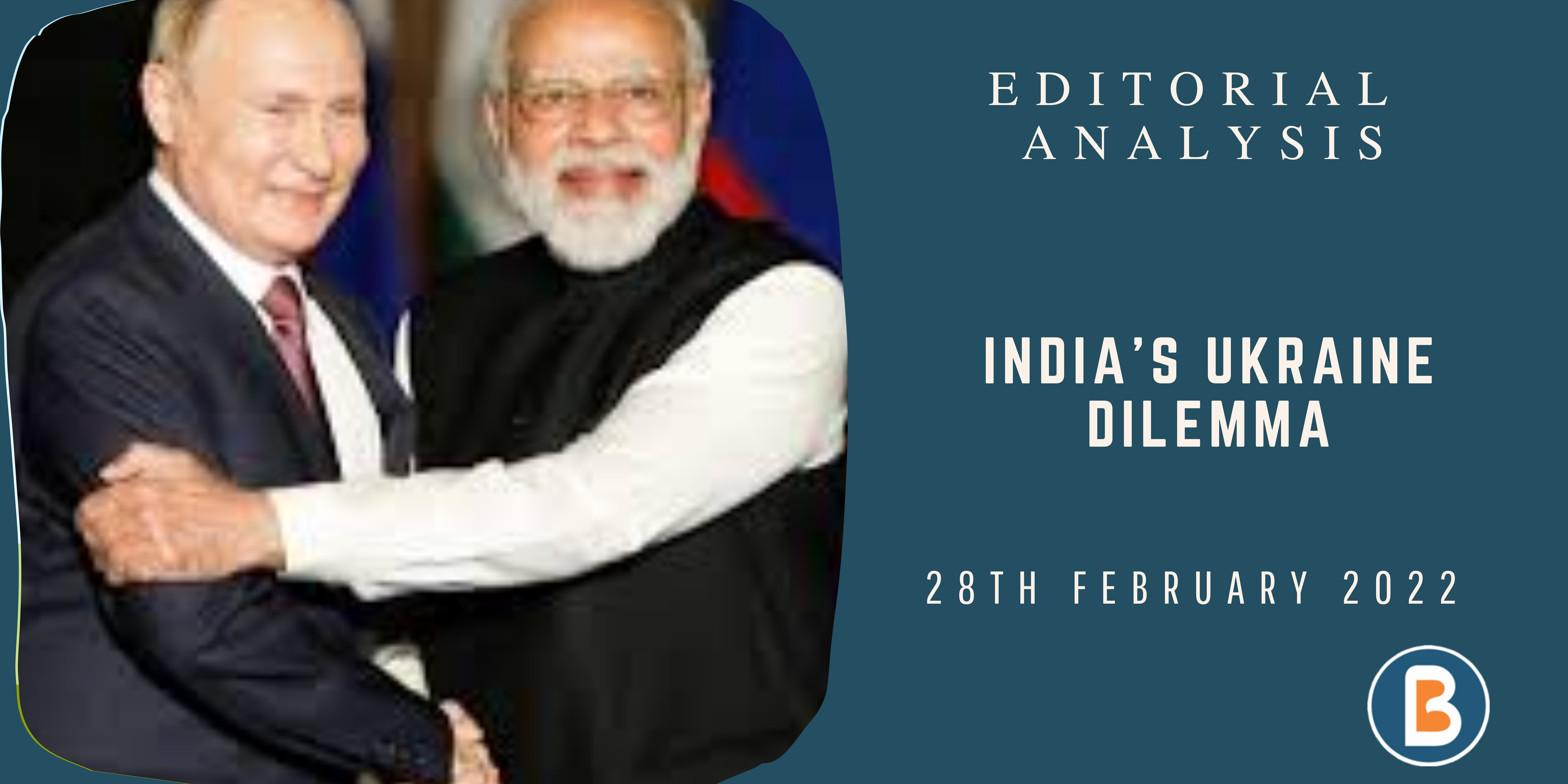Upcoming Mizoram Assembly Elections
Context:
The upcoming Assembly elections in Mizoram, India’s second least populated state, present a unique political landscape. Unlike other states, Mizoram’s political arena thrives on factors beyond money and muscle power. Social service, public standing, and the endorsement of religious and social organizations are key criteria for candidates. In this three-cornered battle, the ruling Mizo National Front (MNF) faces stiff competition from the Indian National Congress and the Zoram Peoples’ Movement (ZPM). Moreover, defections have weakened the MNF, with the Speaker, Lalrinliana Sailo, joining the Bharatiya Janata Party.
Relevance:
GS-02 (Constitutional Bodies)
Prelims:
Election Commission of India
Mains Question:
What are the key dynamics and challenges in the upcoming Assembly elections in Mizoram, and how do they reflect the unique political landscape of the state? (150 words)
Dimensions of the Article:
- Political Contestation in Mizoram
- The Role of Congress and Inflation Concerns
Political Contestation in Mizoram:
- In Mizoram, politics is distinct, focusing less on financial resources and more on social service, reputation, and endorsements by religious and social groups. This sets the stage for a competitive Assembly election where traditional political powers are not necessarily dominant.
- The MNF, the incumbent party, faces a formidable challenge. Chief Minister Zoramthanga has employed an ethnic card, advocating for the Kuki-Zo people embroiled in an ethnic conflict in neighboring Manipur. He has disregarded a Union government directive to collect biometric data from Myanmar refugees based on their ethnic ties with the Mizo people. This ethnic-centric positioning aims to bolster the MNF’s chances in the election.
- The ZPM, an emerging political force, has emphasized the MNF’s developmental track record and leveraged its strong showing in the Lunglei Municipal Council elections. The urban base of the ZPM is growing, posing a challenge to the MNF.
The Role of Congress and Inflation Concerns:
- In rural areas, the Congress, leading an alliance of parties, is a significant opponent to the MNF. Rising inflation in the state, compared to the national average, is a major concern and a potential driver of voter choices.
- Mizoram, despite its small population and contribution to the national GDP, plays a crucial role as a border state. It has untapped economic potential, particularly in the service and tourism sectors, as well as significance in India’s ‘Act East’ strategy. However, infrastructure and connectivity projects to link Mizoram with Myanmar have seen limited progress.
Way Forward:
- The multi-party contest in the Mizoram Assembly elections offers a platform to address not only issues related to ethnic solidarity but also those pertaining to development.
- It is an opportunity for political parties to engage in meaningful discourse about the state’s economic growth, infrastructure development, and inflation concerns.
Conclusion:
Mizoram’s unique political landscape, where social service and endorsements hold sway, has set the stage for a competitive Assembly election. The incumbent MNF, the emerging ZPM, the Congress-led alliance, and rising inflation concerns are all factors that will shape the electoral dynamics. The election also highlights the economic potential of Mizoram and the need for infrastructure development to enhance its role in India’s ‘Act East’ strategy.




